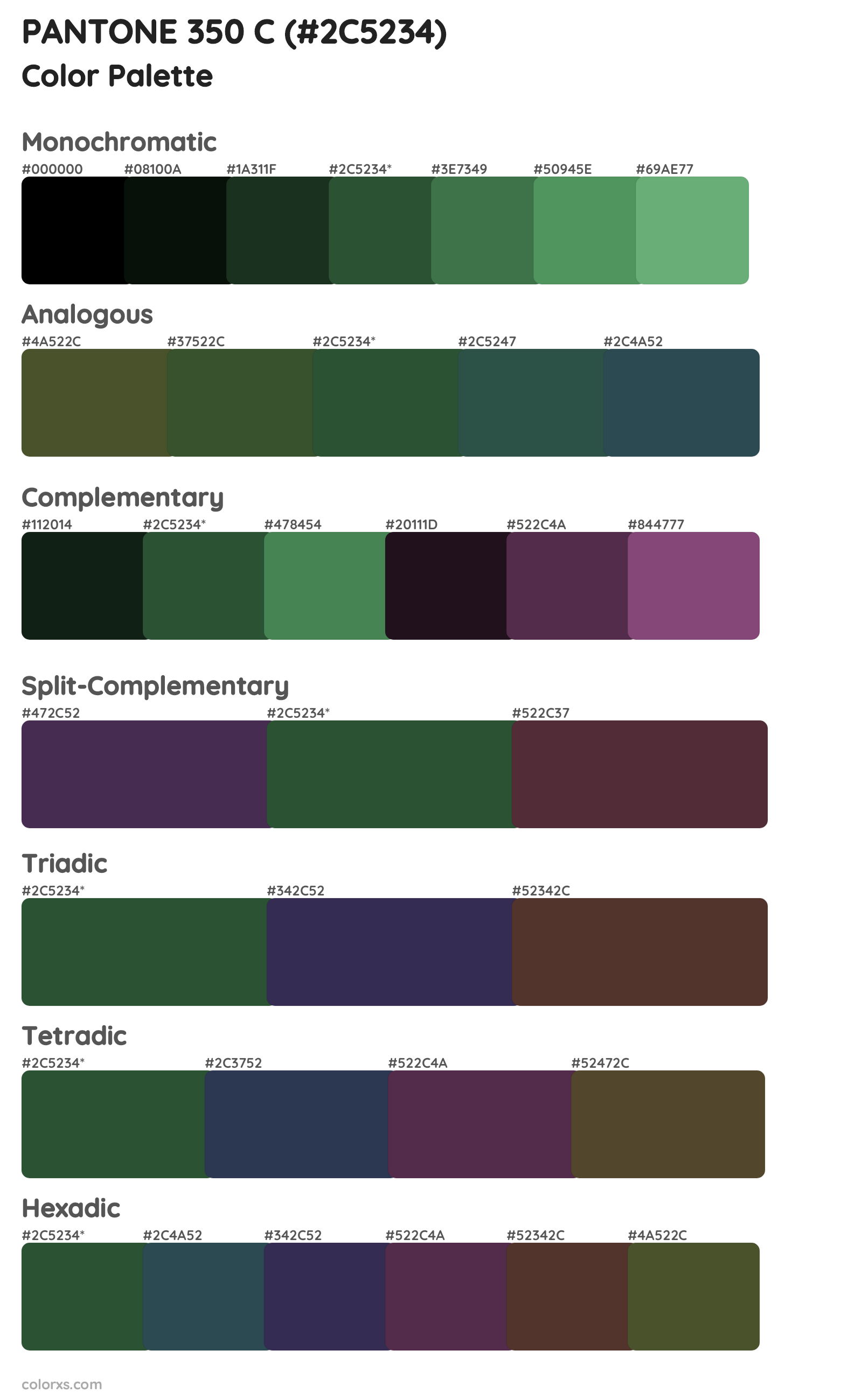When it comes to color 350 and 33, there’s a whole lot more than meets the eye. These hues aren’t just random numbers; they’re a gateway to creativity, design, and personal expression. Whether you’re an artist, a designer, or someone who simply loves playing with colors, understanding these shades can change the way you see the world. Think of them as the secret ingredients that make your canvas pop or your room feel alive. So, buckle up, because we’re diving deep into the vibrant universe of color 350 and 33!
You might be wondering, what’s so special about these numbers anyway? Well, it’s not just about the digits—it’s about the emotions, stories, and vibes they bring to the table. Color 350 and 33 aren’t just random choices; they’re carefully crafted shades that designers, artists, and brands have been using for years to create unforgettable experiences. From interior design to fashion, these colors are everywhere, and once you start noticing them, you’ll see them in every corner of your life.
Now, before we jump into the nitty-gritty details, let’s set the mood. Imagine walking into a room where the walls are painted with color 350, and the accents are highlighted with color 33. It’s not just a space; it’s a statement. It’s a place where art meets functionality, where color becomes more than just a visual element—it’s a feeling. So, let’s explore how these colors can transform your world and why they’ve become such a big deal in the design community.
- Azealia Banks September 9 The Untold Story Of A Fearless Icon
- Unleashing The Power Of Ai Fbb Your Ultimate Guide To Transforming Everyday Life
Table of Contents
- Introduction to Color 350
- What is Color 33?
- Color 350 and 33 in Design
- Psychology of Color 350 and 33
- Using Color 350 in Interior Design
- Color 33 in Fashion
- Color Combinations That Work
- Tips for Using Color 350 and 33
- Frequently Asked Questions
- Conclusion
Introduction to Color 350
Color 350 is one of those hues that’s versatile, timeless, and packed with personality. Depending on how you use it, this color can be warm, inviting, or even a little bold. Think of it as the Swiss Army knife of the design world—it’s got something for everyone. In technical terms, color 350 often falls into the spectrum of earthy tones, which makes it perfect for creating cozy, natural environments. But don’t let its earthy roots fool you; when paired with the right accent colors, it can also add a touch of sophistication to any space.
One of the coolest things about color 350 is its adaptability. Whether you’re designing a living room, a bedroom, or even a workspace, this shade can fit right in. It’s the kind of color that makes you feel grounded, but at the same time, it encourages creativity. If you’re someone who loves mixing traditional and modern elements, color 350 is your go-to choice.
Why Color 350 is a Designer's Best Friend
Designers love color 350 because it’s easy to work with and doesn’t overpower other elements in a space. It’s like the perfect supporting actor in a movie—it’s there to enhance the main characters without stealing the spotlight. This versatility makes it a favorite among professionals who want to create balanced, harmonious designs. Plus, it’s super versatile when it comes to textures and finishes. Whether you’re using matte, glossy, or even textured materials, color 350 always looks great.
- Tilted Tiktok Emojis The Ultimate Guide To Decoding Viral Expressions
- Why Talking With Bottom Teeth Is More Important Than You Think
What is Color 33?
Now, let’s talk about color 33, the perfect complement to color 350. While color 350 is all about warmth and earthiness, color 33 brings a pop of energy and vibrancy to the mix. This shade is often described as a bold, eye-catching hue that adds excitement to any design. Think of it as the life of the party—it’s not afraid to make a statement and draw attention.
Color 33 is often used as an accent color because it has the power to transform a dull space into something dynamic and engaging. Whether you’re using it on furniture, accessories, or even as a wall accent, this color is guaranteed to turn heads. It’s like the cherry on top of a sundae—it’s not necessary, but it sure makes things a lot more fun.
How to Use Color 33 in Your Space
When it comes to incorporating color 33 into your design, the key is balance. You don’t want to overwhelm the space, but you also don’t want to underplay its impact. A good rule of thumb is to use it sparingly but strategically. For example, you could use color 33 on a statement piece of furniture, like a chair or a side table, or you could add it as an accent through cushions, throws, or artwork.
Color 350 and 33 in Design
When you combine color 350 and 33, you get a design duo that’s hard to beat. These colors complement each other perfectly, creating a balance between warmth and energy. Together, they can transform any space into a visually stunning masterpiece. Whether you’re designing a home, an office, or even a retail space, these colors have the power to elevate the overall aesthetic.
One of the reasons why color 350 and 33 work so well together is their contrasting yet complementary nature. While color 350 provides a solid foundation, color 33 adds the necessary flair and excitement. It’s like peanut butter and jelly—they’re better together than apart.
Creating Harmony with Color 350 and 33
To create harmony in your design, it’s important to consider the proportions of each color. A good starting point is to use color 350 as the dominant color, covering larger areas like walls or flooring, and then use color 33 as an accent. This approach ensures that the space feels balanced and cohesive. You can also experiment with different textures and finishes to add depth and interest to your design.
Psychology of Color 350 and 33
Colors have a powerful effect on our emotions and behavior, and color 350 and 33 are no exception. Color 350 is often associated with feelings of calmness, stability, and relaxation. It’s the kind of color that makes you feel at home, like wrapping yourself in a warm blanket on a cold day. On the other hand, color 33 is all about energy, excitement, and creativity. It’s the color that wakes you up and gets you moving.
When you combine these two colors, you create an environment that’s both soothing and invigorating. It’s like having the best of both worlds—calmness and excitement in one space. This psychological impact is why designers and brands love using these colors in their projects. They know that the right combination of colors can influence how people feel and behave in a space.
How Colors Affect Your Mood
Understanding the psychology of color can help you make better design choices. For example, if you want to create a calming environment, you might focus more on color 350 and use color 33 sparingly. Conversely, if you’re designing a space for creativity and energy, you might emphasize color 33 and use color 350 as a supporting role. The key is to think about the purpose of the space and choose colors that align with that purpose.
Using Color 350 in Interior Design
When it comes to interior design, color 350 is a game-changer. Its earthy tones and warm hues make it perfect for creating cozy, inviting spaces. Whether you’re designing a living room, a bedroom, or even a kitchen, color 350 can add depth and character to your design. One of the best things about this color is its ability to blend seamlessly with other shades, making it easy to incorporate into any color scheme.
For example, you could use color 350 on your walls and pair it with neutral tones like white or gray for a classic look. Or, if you’re feeling adventurous, you could mix it with brighter colors like yellow or blue for a more modern vibe. The possibilities are endless, and the key is to experiment until you find the combination that works best for you.
Color 350 in Different Rooms
Each room in your home has its own unique purpose, and color 350 can be used in different ways to enhance that purpose. In the living room, you might use it as a backdrop for your furniture and decor, creating a warm and inviting atmosphere. In the bedroom, you could use it on the walls or bedding to promote relaxation and comfort. And in the kitchen, you might incorporate it through cabinets or backsplashes to add a touch of elegance.
Color 33 in Fashion
Color 33 isn’t just for interior design; it’s also making waves in the world of fashion. This bold, eye-catching shade is perfect for making a statement and standing out from the crowd. Whether you’re looking for a bold accessory or a statement piece, color 33 can add a pop of personality to your wardrobe. It’s the kind of color that says, “I’m not afraid to take risks and express myself.”
One of the coolest things about color 33 in fashion is its versatility. You can use it as an accent color through accessories like scarves, belts, or shoes, or you can go all out with a statement piece like a dress or jacket. The key is to have fun with it and let your creativity shine.
How to Incorporate Color 33 into Your Wardrobe
If you’re new to color 33, start small by incorporating it through accessories. A colorful scarf or a bold pair of shoes can add a touch of personality to your outfit without overwhelming it. Once you’re comfortable with that, you can start experimenting with larger pieces, like a jacket or a dress. Remember, the goal is to have fun and express yourself, so don’t be afraid to take risks and try new things.
Color Combinations That Work
When it comes to color combinations, the possibilities are endless. However, there are a few combinations that work exceptionally well with color 350 and 33. For example, pairing color 350 with neutral tones like white, gray, or beige can create a classic, timeless look. On the other hand, combining color 33 with brighter colors like yellow, blue, or green can create a modern, vibrant aesthetic.
Another great combination is using color 350 as the base and color 33 as an accent. This approach ensures that the space feels balanced and cohesive while still allowing room for creativity and expression. You can also experiment with different textures and finishes to add depth and interest to your design.
Experimenting with Color Combinations
Don’t be afraid to experiment with different color combinations to find what works best for you. Start by testing small areas, like a single wall or piece of furniture, before committing to a full-scale design. This way, you can see how the colors interact with each other and make adjustments as needed. Remember, the key to a successful design is balance, so always keep that in mind as you explore new possibilities.
Tips for Using Color 350 and 33
Now that you know all about color 350 and 33, here are a few tips to help you use them effectively in your designs:
- Start with a clear vision of what you want to achieve with your design.
- Use color 350 as the base and color 33 as an accent to create balance.
- Experiment with different textures and finishes to add depth and interest.
- Don’t be afraid to take risks and try new things.
- Amyywoahh Nudes The Truth Behind The Hype And What You Need To Know
- Guy Screaming No Meme The Ultimate Guide To Understanding Its Origins Meaning And Pop Culture Impact


